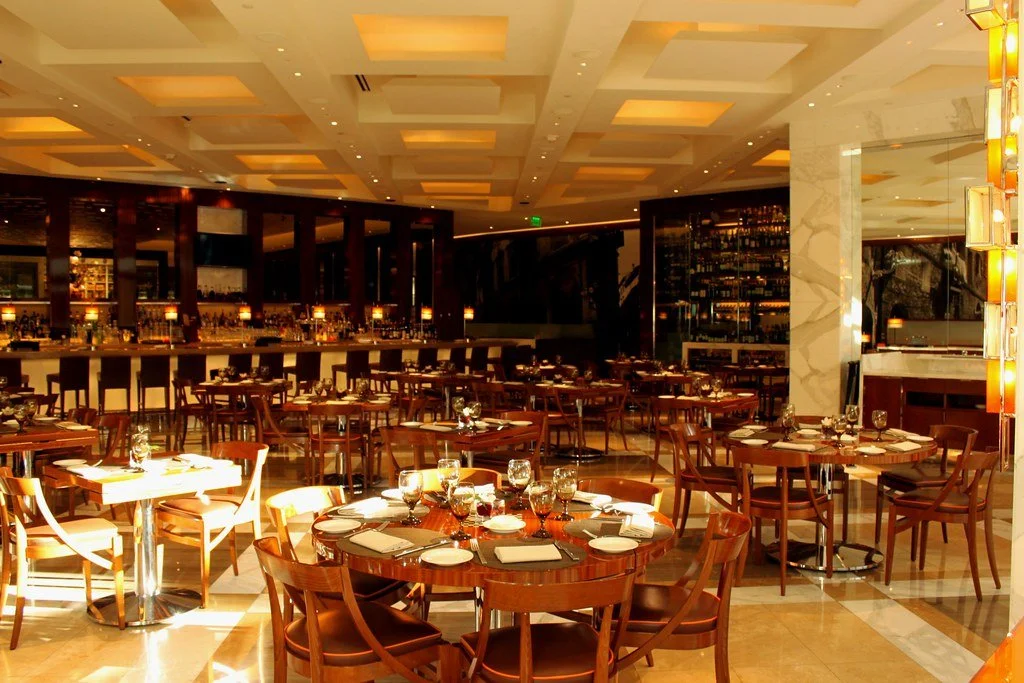Hangry
Client: Hangry
Roles: UX Researcher, UX Designer, UX Writer
Methods: User Interviews, Sketching, Lo-Fidelity Wireframes, Information Architecture, High-Fidelity Prototyping, Usability Testing
Tools: Zoom, Pencil and Paper, Figma, Otter.ai
The Brief:
Create an app in the food delivery space that improves communication and offers a significant rewards program
What I Did:
I was the sole researcher, writer, and designer for this project. My work included conducting user research, sketching and building wireframes, developing user flows, building a high-fidelity prototype, and testing with users.
Introduction
The COVID-19 pandemic has changed the way people eat. More and more apps have emerged to try to fill the growing needs of a population ordering more food for delivery than ever before. The rise in users of food delivery apps has created more needs and challenges to be solved in this space.
I was tasked with creating a food delivery concept that would be able to better meet users’ needs than those presently on the market.
The Process
User Interviews
Sketching
Lo-Fidelity Wireframes
User Flows
High-Fidelity Prototyping
Usability Testing
This process allowed for me to learn more about the user needs in this saturated space, and to gain understanding about where user needs still exist in order to build an app that focuses on meeting those needs.
The Research
What currently exists in this space? What is working well for apps that connect restaurants with delivery customers?
What pain points do users experience with food delivery?
User Interviews
I interviewed three users to assess their experience with food delivery apps. They expressed the following pain points with the current options:
Communication between restaurant, delivery person, and customer
Rewards Program
Restaurant Variety
From this research I decided to create the Hangry app for adults who desire a simple, functional, intuitive interface with clear communication and support, broad selection, and perks for frequent users.
The Design Iterations
Sketches
I began with some sketches. My aim was to answer the question: What might the layout of the app look like? What do users currently expect in the design of a food delivery app? My sketches aimed to fit within a user’s mental model of a delivery app.
Lo-Fidelity Wireframes
From these sketches, I iterated to some lo-fidelity wireframes to help give some structure and digital presence to the app. While the ideas here are rough, the ideas develop and evolve from here to a more appealing design.
User Flows
After developing these low-fidelity wireframes, I worked on building the bones of the Hangry app by making information architecture or a user flow. I mapped out the path that a user might take to order food from a restaurant in the app, how they might interact with a delivery person, and how they might check on their rewards received through ordering.
Prototype
Finally, based on user research, I made a prototype of the Hangry app that reflects the needs that users highlighted during the interview process. The Hangry prototype includes an easy-to-find and navigate chat feature, a robust rewards program, and a wide variety of restaurants.
Usability Testing
Once the prototype was created, I tested it with potential users to locate any issues, glitches, or stumbling blocks to inform further iterations of the Hangry prototype. I found that users were generally able to find their way around the prototype with ease and complete several crucial directed tasks.
Next Steps
Further Development
Hangry was developed over a short period of six weeks. I would love to be able to go more deeply with the prototype. This would include:
Add more restaurants and menus to give users more options
Create a design system for text and icons
Further develop the rewards system for users to understand how Hangry points are earned and spent
Create an onboarding page to help users become acquainted when new to the app







